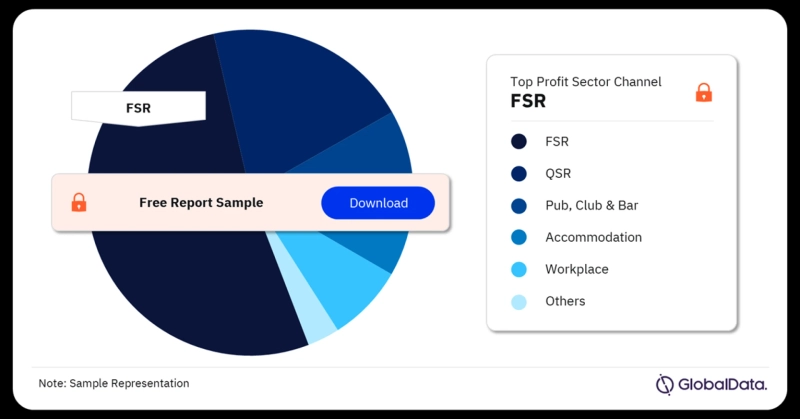Introduction
Germany, renowned for its engineering prowess and economic stability, also boasts a dynamic and robust foodservice industry. With a burgeoning population, increasing disposable incomes, and a growing preference for dining out, the German foodservice market has witnessed substantial growth in recent years. This article delves into the intricacies of the German foodservice market, exploring key trends, consumer behavior, challenges, and opportunities for businesses operating within this sector.
Market Overview
The German foodservice market is a complex ecosystem encompassing a wide range of segments, including full-service restaurants, fast-food outlets, cafes, bars, catering services, and institutional foodservice. The industry has experienced steady growth, driven by factors such as urbanization, changing lifestyles, and the rise of the working population.
Key Trends:
- Health and Wellness: German consumers are increasingly conscious of healthy eating habits, leading to a surge in demand for organic, vegetarian, and vegan options.
- Convenience: The fast-paced lifestyle has fueled the popularity of quick-service restaurants and delivery services.
- Digitalization: The adoption of technology, including online ordering, mobile payments, and food delivery apps, is transforming the industry.
- Sustainability: Environmental concerns are driving a shift towards sustainable practices, from sourcing ingredients to reducing food waste.
Consumer Behavior:
- German consumers value quality, authenticity, and regional cuisine.
- There is a growing preference for experiences, with consumers seeking unique dining concepts and atmosphere.
- Price sensitivity remains a significant factor, especially among younger consumers.
- Convenience and speed are essential for fast-food and delivery services.
Market Segmentation
The German foodservice market can be segmented based on various criteria:
- Type of Establishment:
- Full-service restaurants
- Fast-food restaurants
- Cafes and bakeries
- Bars and pubs
- Catering services
- Institutional foodservice (hospitals, schools, etc.)
- Price Point:
- Luxury
- Upscale
- Mid-range
- Budget
- Cuisine:
- German
- International
- Ethnic
- Target Audience:
- Business customers
- Leisure customers
- Tourists
Challenges and Opportunities
The German foodservice industry faces several challenges, including intense competition, rising labor costs, and regulatory hurdles. However, these challenges also present opportunities for innovative businesses.
Challenges:
- Competition: The market is highly competitive, with numerous players vying for customers.
- Labor Shortage: The industry faces a shortage of skilled workers, impacting operations and costs.
- Rising Costs: Increasing food and labor costs put pressure on profit margins.
- Regulations: Complex food safety and hygiene regulations add to operational burdens.
Opportunities:
- Digital Transformation: Embracing technology can enhance customer experience, improve efficiency, and increase revenue.
- Niche Concepts: Identifying and catering to specific consumer segments can create a competitive advantage.
- Sustainability: Adopting sustainable practices can attract environmentally conscious consumers.
- Delivery and Takeout: Expanding delivery and takeout services can tap into growing demand.
Competitive Landscape
The German foodservice market is characterized by a mix of established players and emerging concepts. Key players include international chains, regional restaurant groups, and independent operators. The competitive landscape is dynamic, with new entrants and innovative business models constantly emerging.
Future Outlook
The German foodservice market is poised for continued growth, driven by urbanization, changing demographics, and increasing disposable incomes. The industry will likely witness further consolidation, with larger players acquiring smaller chains. Digitalization and sustainability will remain key trends shaping the market.
Conclusion
The German foodservice market offers both challenges and opportunities for businesses. By understanding consumer preferences, leveraging technology, and adopting sustainable practices, companies can thrive in this competitive landscape. As the market continues to evolve, staying agile and adaptable will be crucial for success.
Buy the Full Report for More Insights on the Germany Foodservice Market Forecast, Download a Free Sample Report


